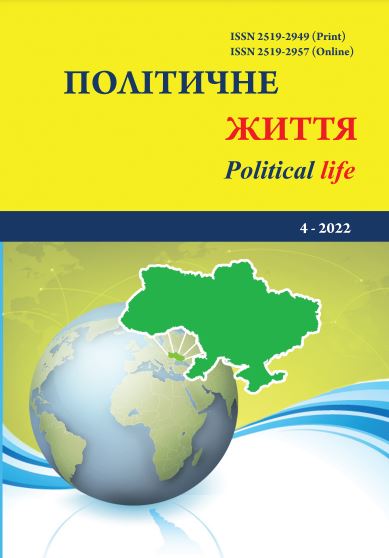Prison policy of the countries of Asia in the 21st century (generalization of prison population indicators)
DOI:
https://doi.org/10.31558/2519-2949.2022.4.7Keywords:
Asia; prison system; criminal punishments; prison policy; indicators of the prison population; Asian countries; human rights in prisons; death penalty; prison overcrowdingAbstract
This article is a continuation of the author’s research of the problems of social control in the 21st century, in the center of which is the category of the panoptic-carceral state.
In the article, the author continues the analysis of certain aspects of the prison policy of Asian countries at the end of the 20th century – the beginning of the 21st century, where the importance of the research is due to the further growth of prison population both at the global level and at the level of numerous regions.
The structure of the article is determined by the need to analyze both organizational and legal aspects and political aspects of the functioning of prison systems in Asian states. We have analyzed several Muslim countries of this region earlier but through the prism of the influence of Islam and relevant cultural factor on the nature and characteristics of penality. Therefore, we have conducted a study of prison systems and the corresponding trends of prison population in Indonesia, Malaysia and the Maldives within the framework of the study of Muslim penality as a complex phenomenon. Similarly, the article does not analyze Asian countries that were part of the USSR in the past because, in the author’s opinion, they should be analyzed separately through the prism of Soviet penality and its consequences.
Summarizing the above, we note that penitentiary systems of Asian countries are characterized by different indicators of prison population and, accordingly, demonstrate different development trends and indicators.
Thus, many countries in Asia are characterized by stability in terms of absolute and relative indicators of the prison population, although the total number of prisoners in one or another country can reach an extremely high level.
At the same time, some Asian countries, on the contrary, demonstrate a steady growth of both the total number of prisoners and the growth of the incarceration rate, causing a more than significant contribution to the global number of prisoners.
The main conclusion in this context is that, at first glance, the very positive characteristics of penitentiary systems of Asian countries in the form of a low incarceration rate absolutely do not guarantee adequate financing of penitentiary institutions, the absence of overcrowding of penitentiary institutions and respect for human rights.
Moreover, the overcrowding of penitentiary institutions in Asian countries is a permanent problem that cannot be justified by European standards either by the lack of adequate financing of penitentiary systems or by the lack of an adequate number of penitentiary institutions.
In addition, the existence of the death penalty in many Asian countries is in itself an indicator of a punitive orientation of public administration of national prison systems and national criminal justice systems in general.

